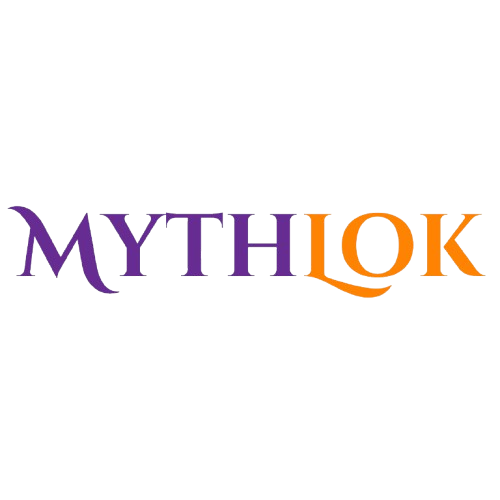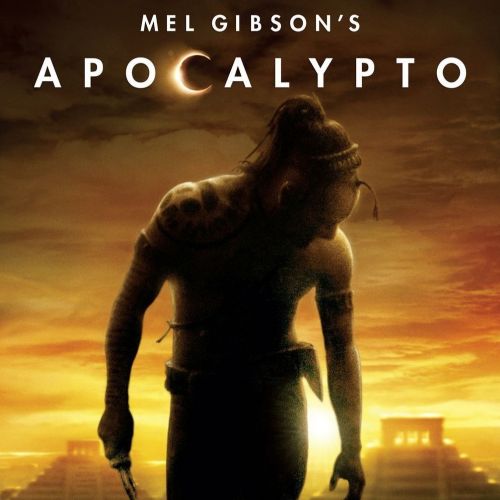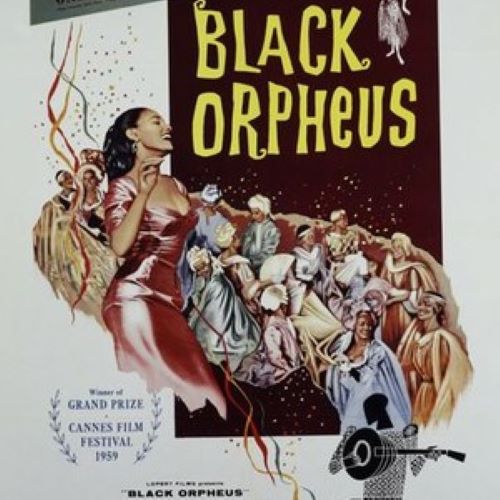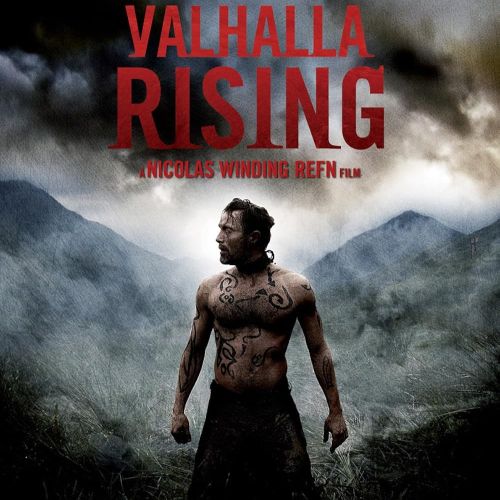Pan’s Labyrinth (2006)
| Description | |
|---|---|
| Country of Origin | United States of America |
| Language | Spanish |
| Genre | Fantasy |
| Cast | Sergi López, Maribel Verdú, Ivana Baquero, Doug Jones, Ariadna Gil |
| Directed by | Guillermo del Toro |
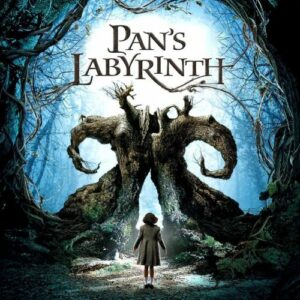
Pan’s Labyrinth, the 2006 American-Spanish dark fantasy film directed by Guillermo del Toro, stands out as a cinematic masterpiece that intricately weaves mythology into the harsh reality of post-Civil War Spain. While the political backdrop sets a grim tone, it is the film’s mythological elements that truly elevate it into the realm of modern legend. From ancient symbols to timeless archetypes, Pan’s Labyrinth is a poignant exploration of myth as both escapism and truth.
At the heart of Pan’s Labyrinth is Ofelia, a young girl who discovers a hidden world teeming with magical beings and arcane lore. Her journey follows a classic mythological structure—akin to Joseph Campbell’s “Hero’s Journey”—where the protagonist is called into an unknown world, faces trials, and seeks transformation. Ofelia is told by a faun that she is the reincarnated Princess Moanna of the underworld, and she must complete three tasks to reclaim her place in the magical kingdom. This quest mirrors ancient myths in which mortals undergo great trials to earn divine favor or rediscover their true nature.
The titular faun in Pan’s Labyrinth is a deeply mythological figure, not to be confused with the more playful satyrs of Greek lore. Del Toro’s faun is ambiguous, enigmatic, and carries both benevolent and threatening undertones. He draws from pre-Christian European myth, echoing nature spirits who live in the liminal spaces between worlds—neither wholly good nor evil. The faun’s character invites viewers to question the nature of trust, guidance, and destiny, making him a quintessential trickster or threshold guardian of mythic storytelling.
Otherworldly creatures such as the Pale Man, a monstrous being who devours children and guards forbidden food, evoke folkloric warnings and cautionary tales. He embodies gluttony, cruelty, and the consequences of defying rules—similar to beings found in European fairytales like Baba Yaga or the child-eating giants of Norse legend. This creature’s grotesque and symbolic design reinforces Pan’s Labyrinth‘s grounding in mythic allegory, using horror to teach moral lessons much like traditional fables.
The labyrinth itself, both literal and metaphorical, serves as a powerful mythological motif. In many ancient myths, labyrinths represent complex paths to enlightenment or transformation. Ofelia’s navigation through her tasks and moral decisions mirrors the ancient Greek story of Theseus and the Minotaur, except here, the monster is not only external but symbolic of internal and societal evils. The maze becomes a place of initiation, challenging Ofelia to decide between obedience and moral integrity—a theme resonating with mythologies that test the hero’s virtue above all else.
Del Toro infuses the film with alchemical symbolism and references to pagan rites, often contrasting them with the brutal authoritarianism of the fascist regime. The use of natural imagery—roots, soil, moonlight, blood—draws from earth-based spiritual systems where myth and nature are deeply intertwined. The balance between the old world of magic and the modern world of violence and control underscores the mythic idea of the sacred versus the profane.
What makes Pan’s Labyrinth so compelling is its refusal to categorize its mythological elements as mere fantasy. The film never clarifies whether the magical realm is real or a product of Ofelia’s imagination, reflecting how myth often functions: as both truth and metaphor. It offers hope, resistance, and identity in a world otherwise dominated by cruelty. In doing so, Pan’s Labyrinth transforms myth from relic to lifeline.
Ultimately, Pan’s Labyrinth is a brilliant reimagining of mythological storytelling through the lens of war, trauma, and innocence. It reminds viewers that myths are not outdated tales but living, breathing frameworks that help humanity grapple with the darkest and most transcendent aspects of life. With richly layered symbols, archetypal characters, and a hauntingly beautiful narrative, Pan’s Labyrinth is not just a film—it is modern mythology incarnate.

